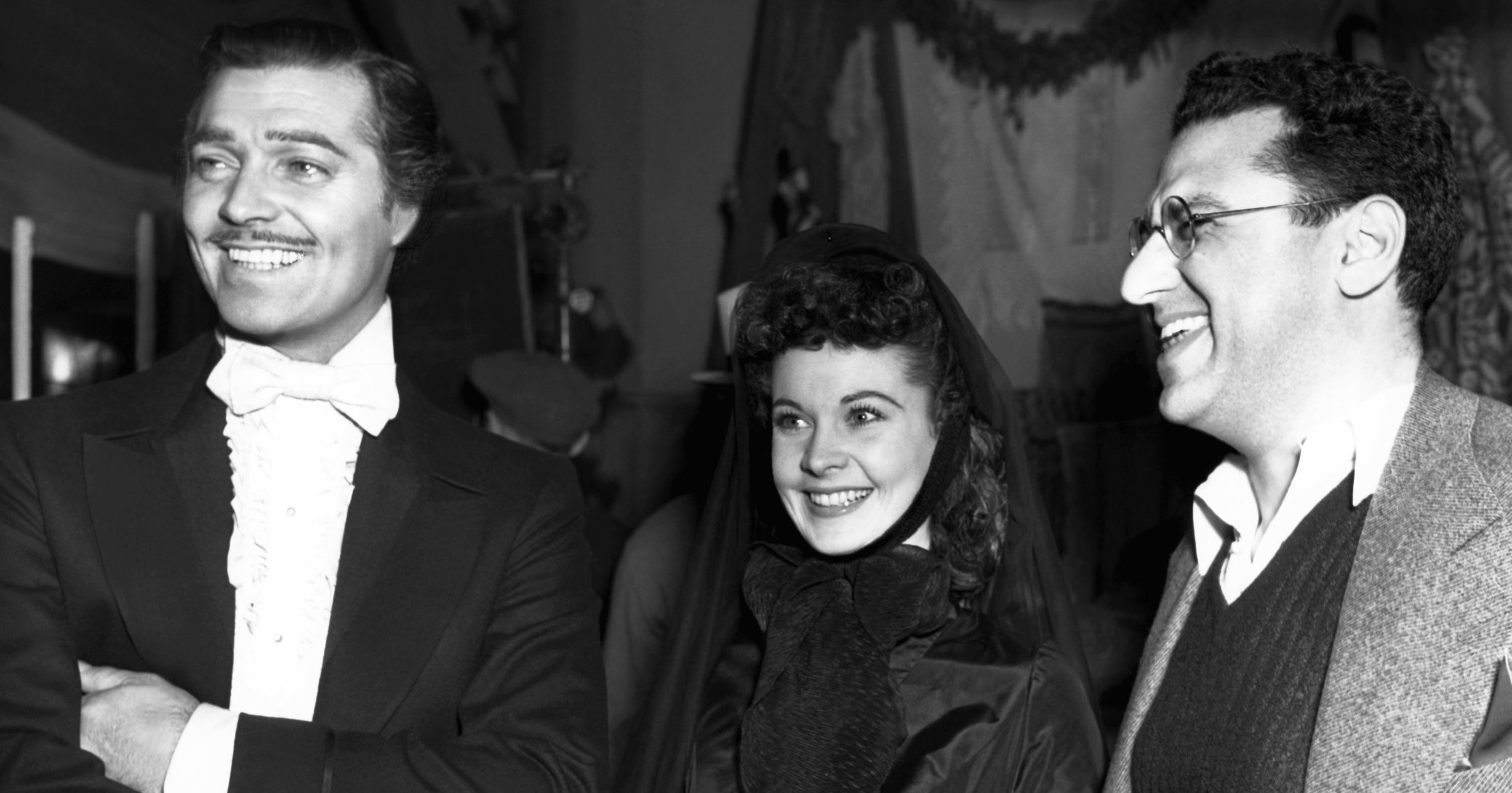
Correction appended, June 30, 2016
When Margaret Mitchell’s Gone With the Wind was published 80 years ago—on June 30, 1936—it was a quick bestseller. The only novel that was published by Mitchell during her lifetime, the story of Scarlett O’Hara earned the author the Pulitzer Prize for Fiction in 1937. But, though it is perhaps best known today for the film it inspired, that movie almost didn’t get made.
Producer David O. Selznick has initially decided against turning the novel into a film, on the idea that Civil War stories didn’t do well at the box office. He only bought the film rights after his company’s board chairman offered to cover the money—and even then Selznick hadn’t yet read the book.
Despite his initial reluctance to make the film, Selznick ended up closely involved in its production. These images from this gallery were part of his personal collection of items from his career. Selznick’s children cared for the material after his death in 1965, but the costs of commercial storage eventually became too burdensome. In 1980, they donated much of the collection—more than 5,000 boxes of material, including continuity photos and production stills from Gone With the Wind—to the Harry Ransom Center in Austin, Tex. Today, rare images like those from the Selznick archive serve as a document of filmmaking in the 1930s, and show just how much work it took to make Gone with the Wind.
Get your history fix in one place: sign up for the weekly TIME History newsletter
It turned out to worth the effort. Gone With the Wind—the third most expensive film ever made at the time, with a budget of $3.85 million, trailing behind Ben Hur and Hell’s Angels, respectively—turned out to be one of the biggest films of the 20th century, starring Clark Gable and Vivien Leigh, directed by Victor Fleming. When film premiered on Dec. 15, 1939, in Atlanta, an estimated 300,000 people came out for the surrounding festivities over three days, with Georgia Governor Eurith D. Rivers declaring a state holiday.
Gone with the Wind landed on the cover of TIME at the end of that year.
The blockbuster film “proved as much a burden for its authors as a joy,” noted TIME. Though it brought her financial success, Margaret Mitchell became increasingly upset by the film’s overwhelming attention, and became more private person, often refusing potential biographers and autograph-seekers.
On Aug. 16, 1949, Mitchell died, five days after being hit by a drunk driver in Atlanta. After her death, most of the original manuscript for Gone with the Wind was burned, but in recent years, the last four chapters resurfaced at the Pequot Library in Southport, Conn.—proving the point made by Scarlett O’Hara towards the end of Mitchell’s novel: “‘tomorrow is another day.'”
Correction: The original version of this gallery misidentified a man pictured in the first slide. He is George Cukor.
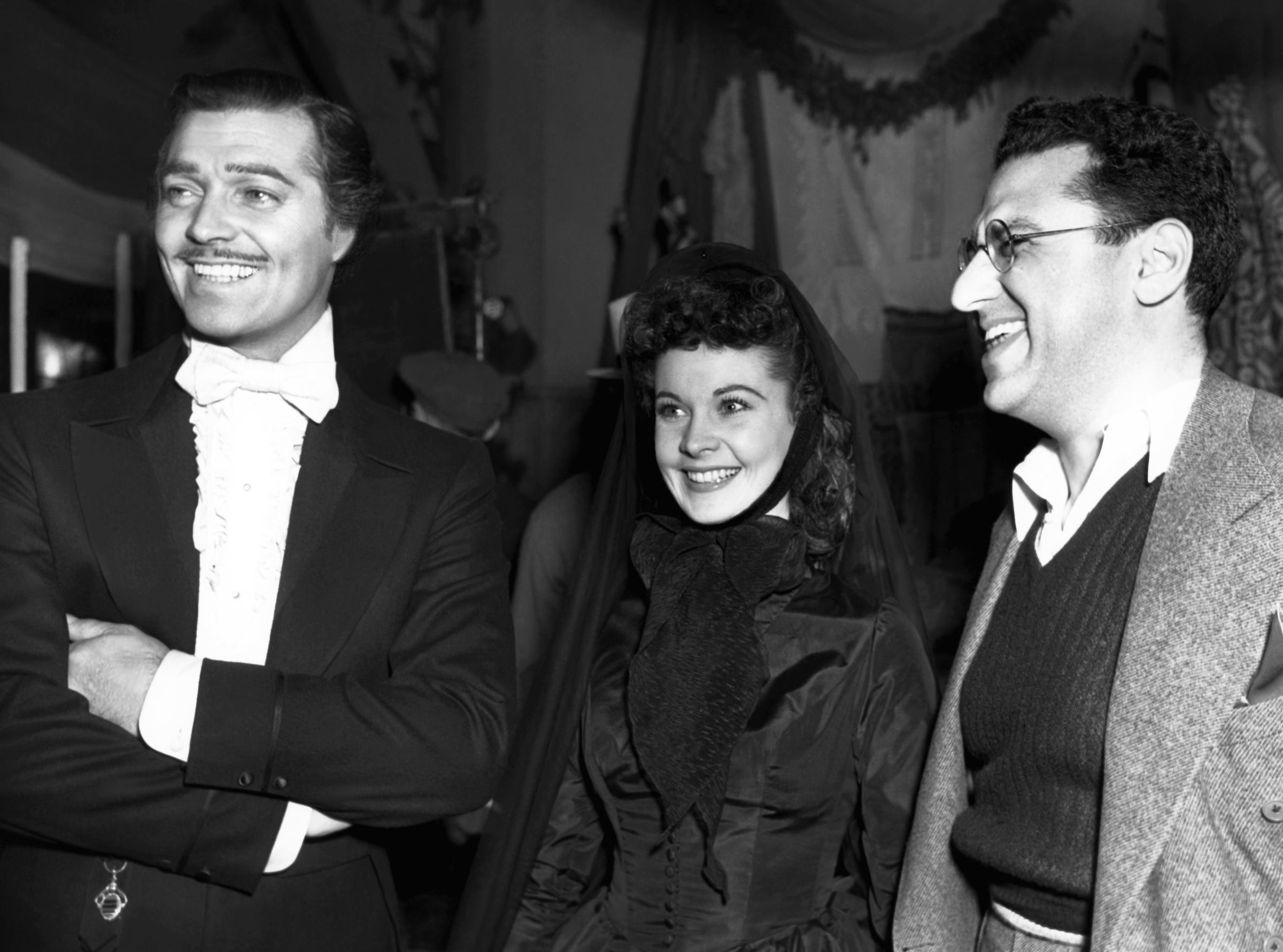
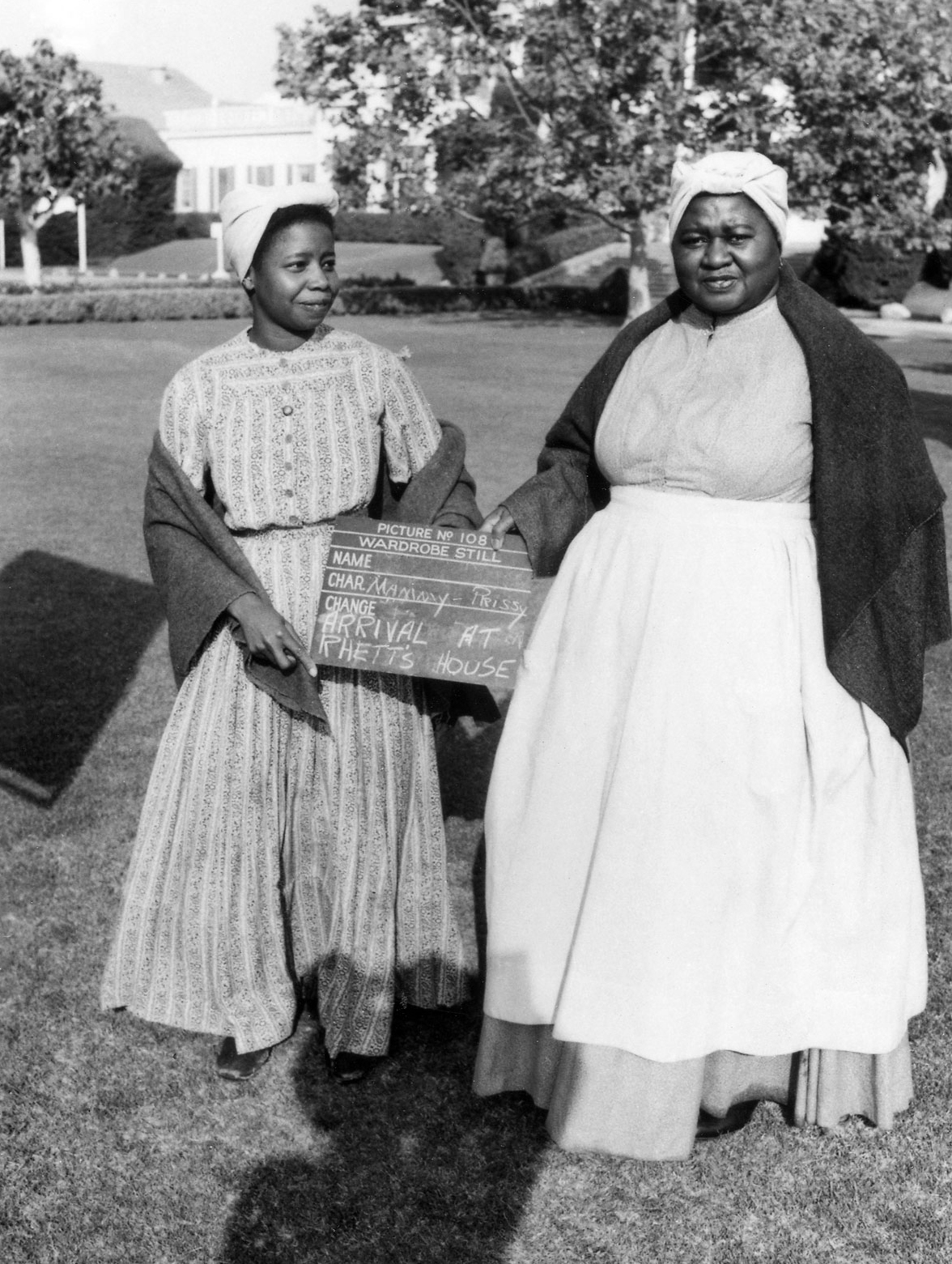
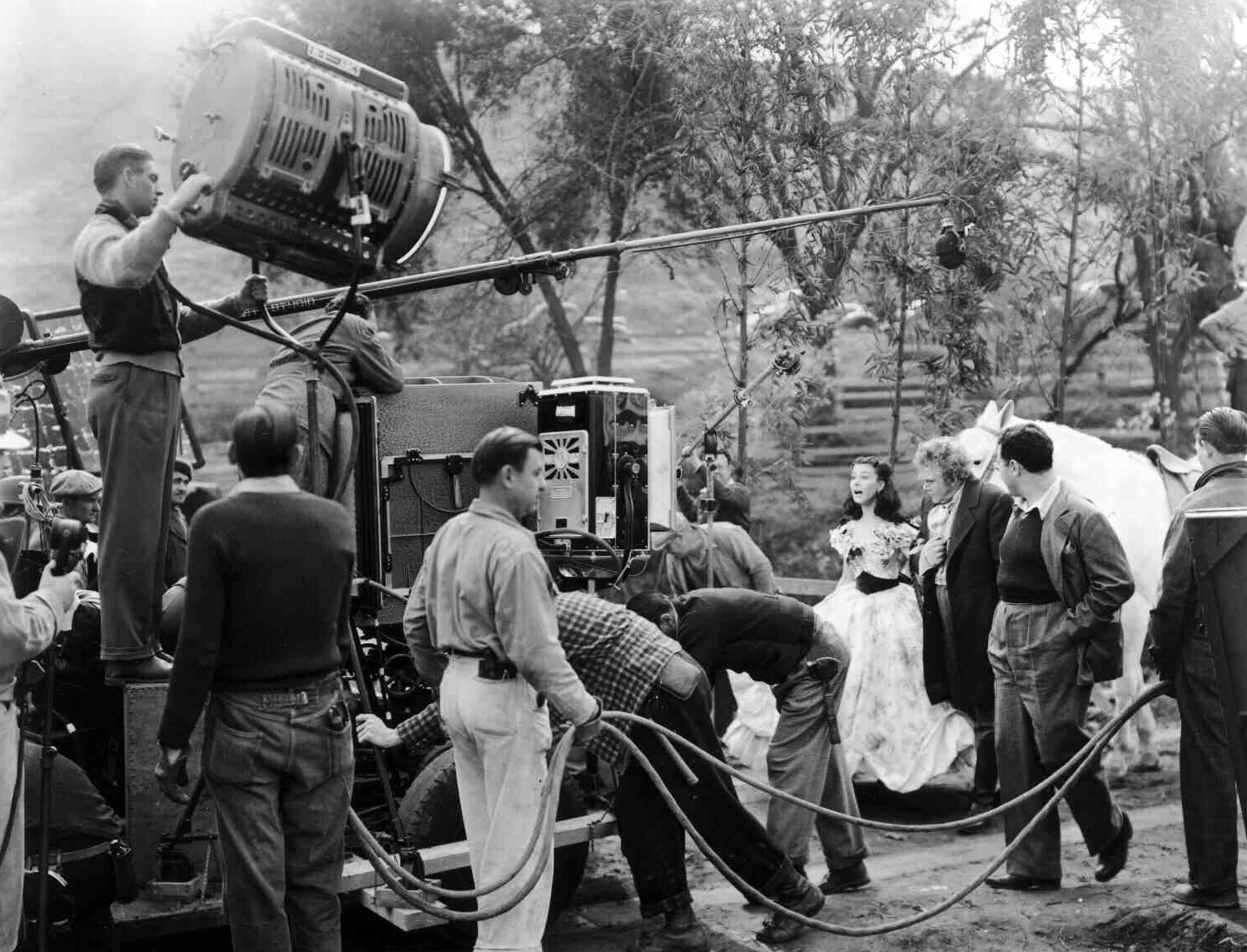
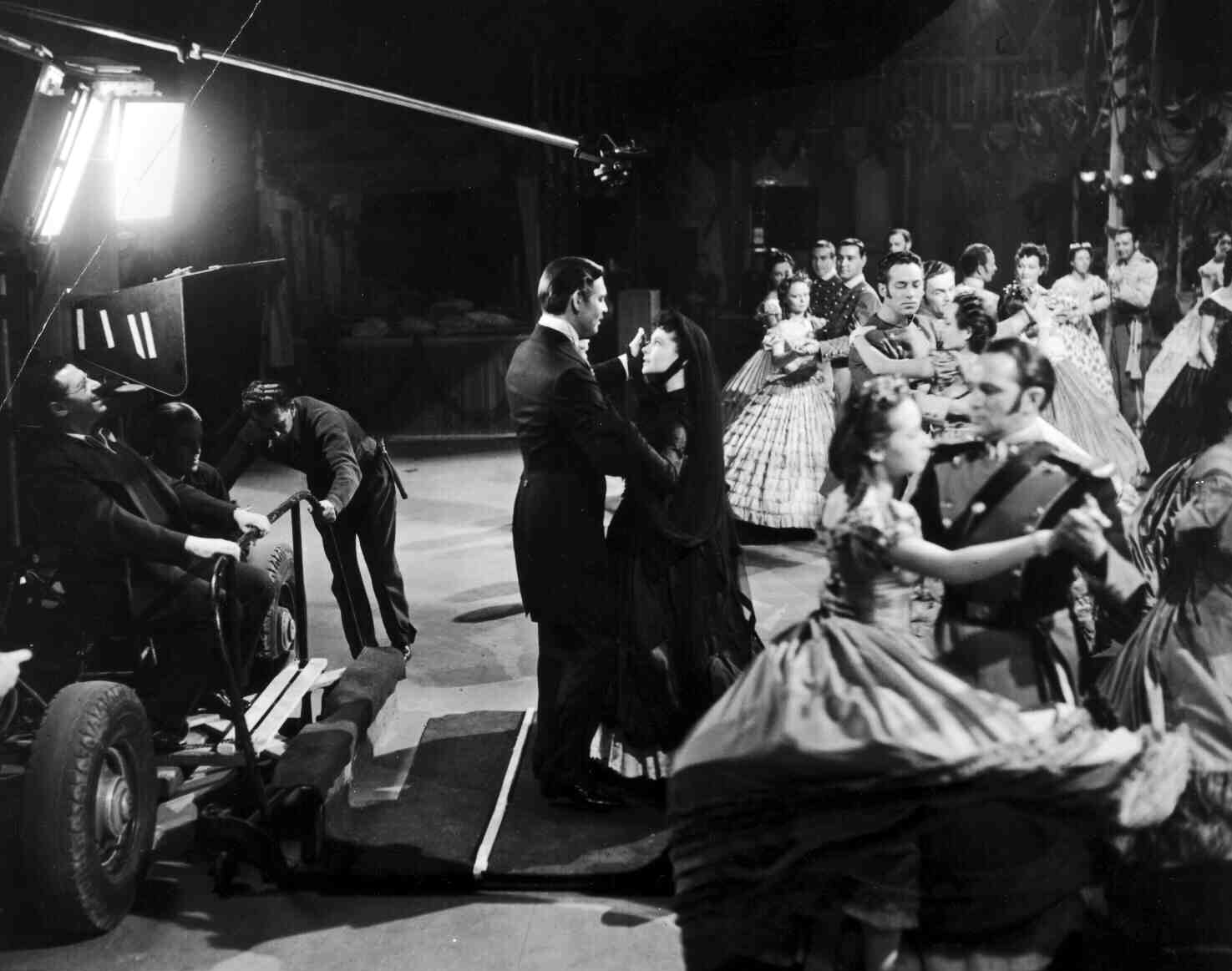
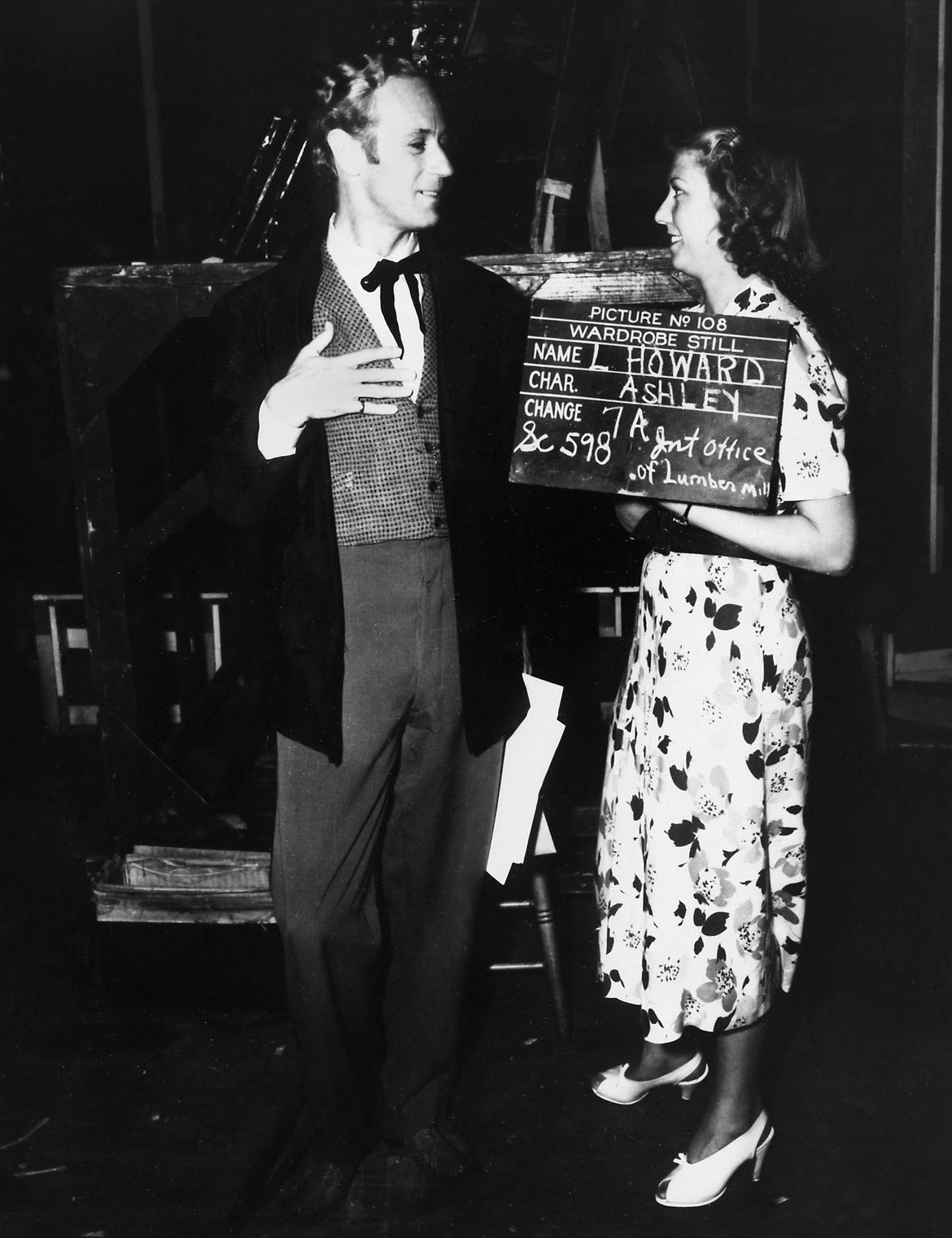
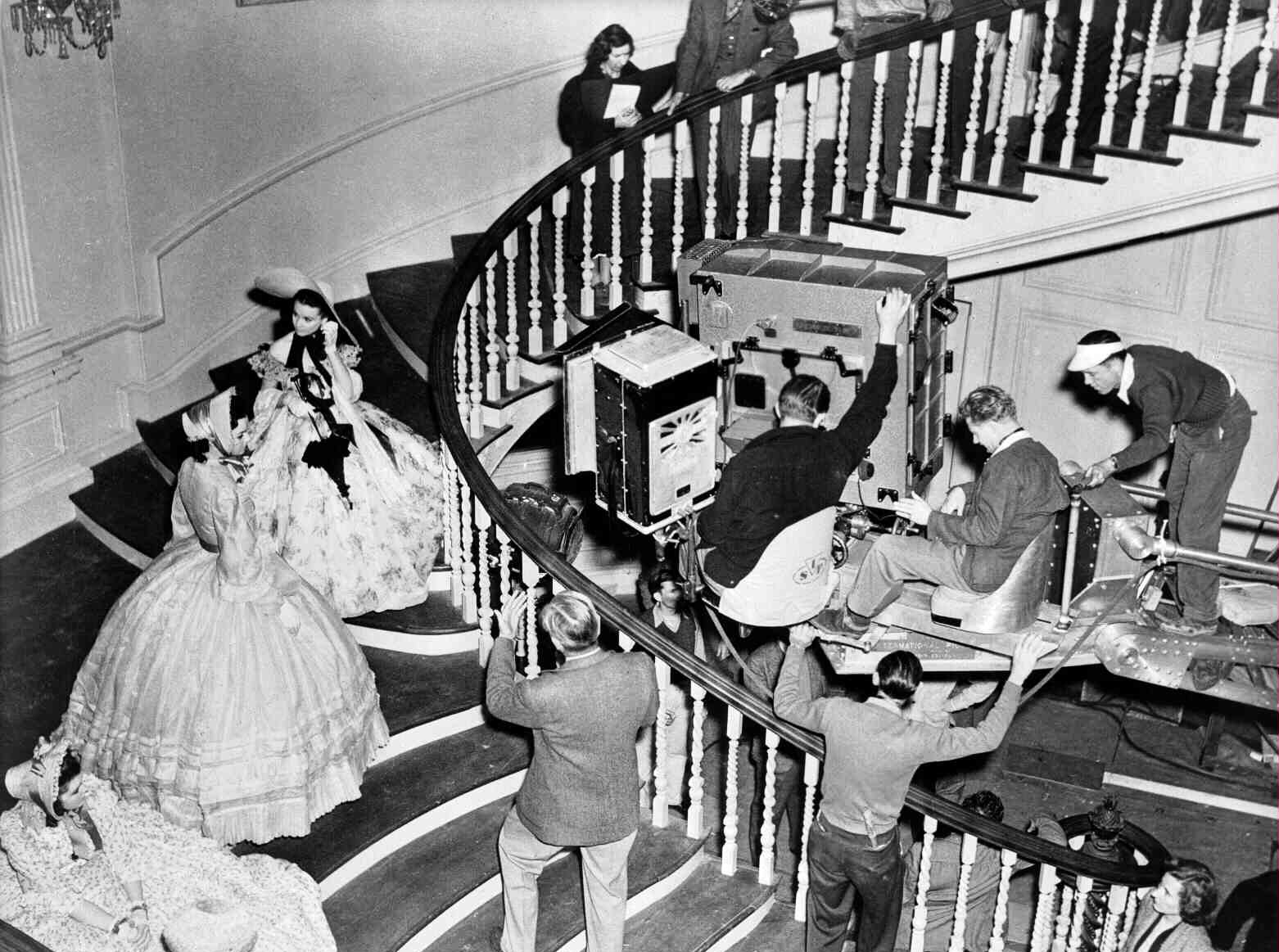
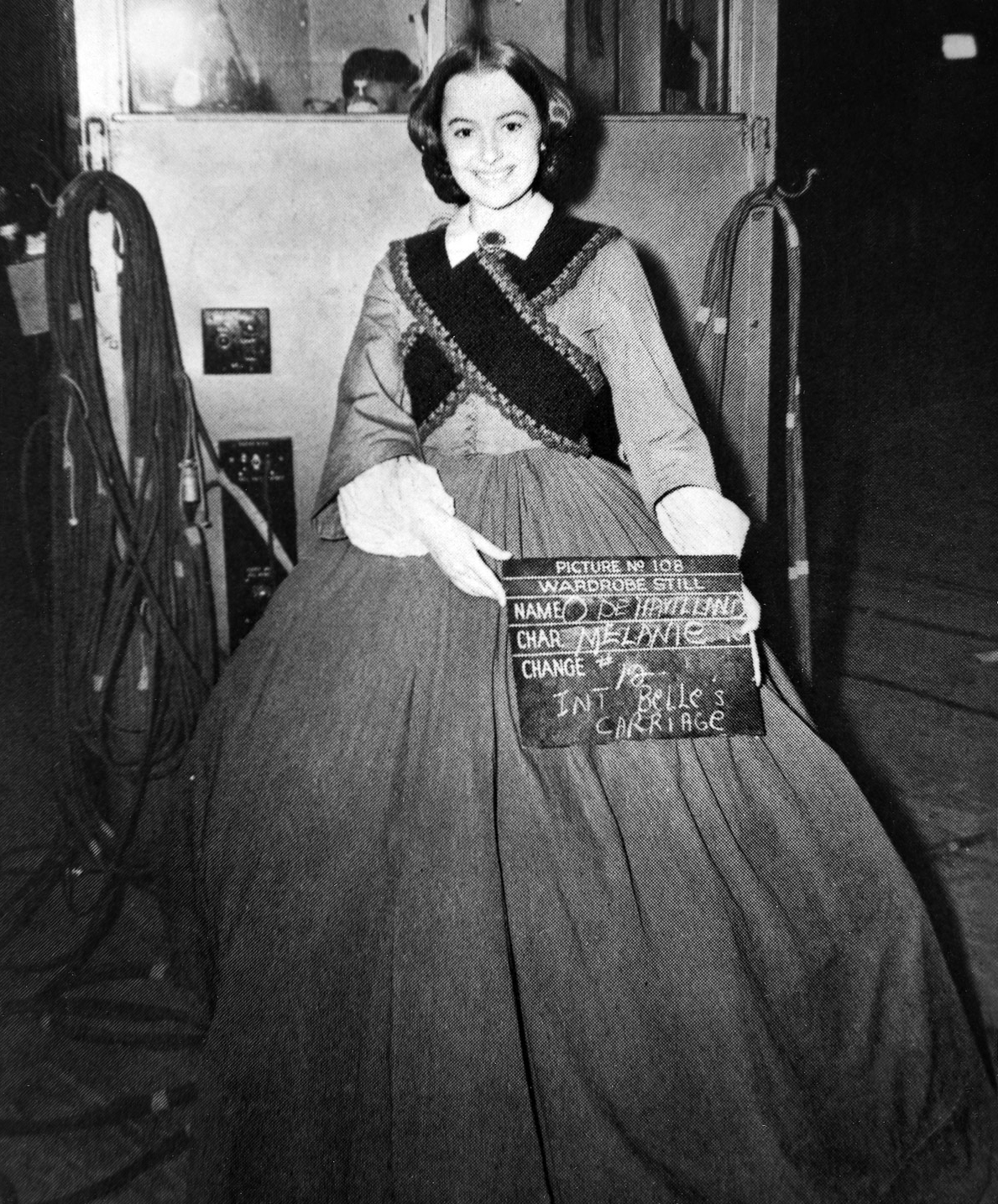
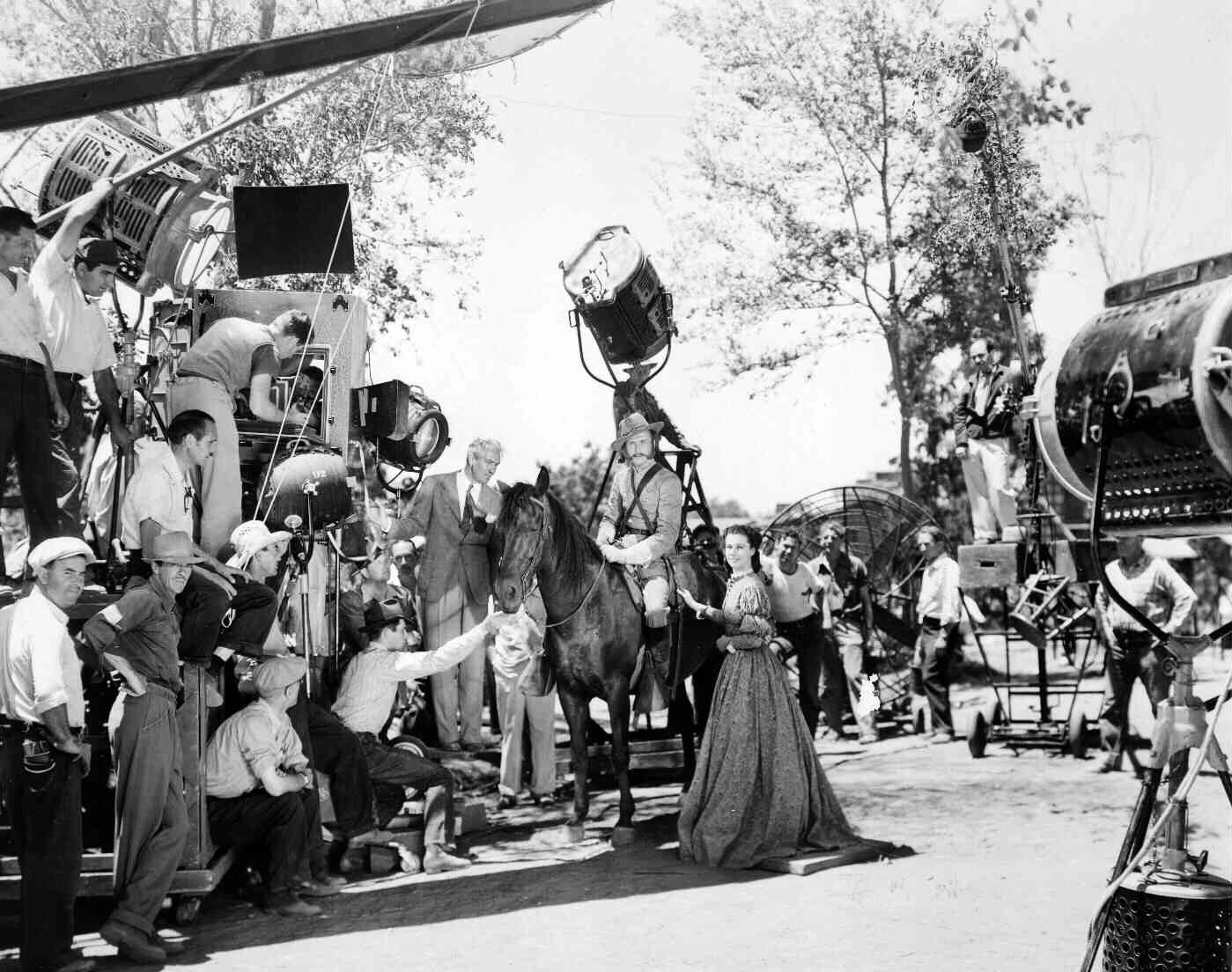
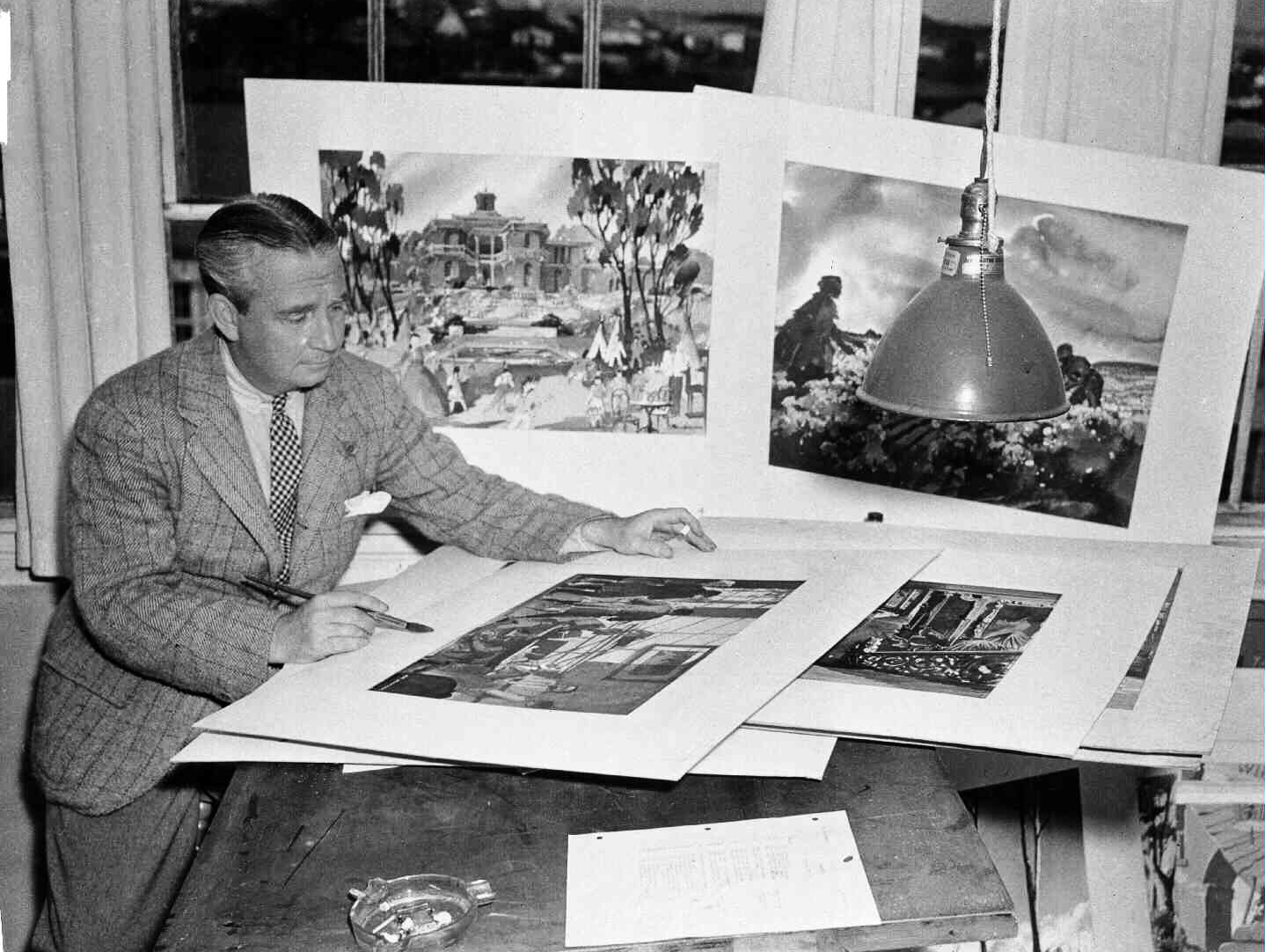
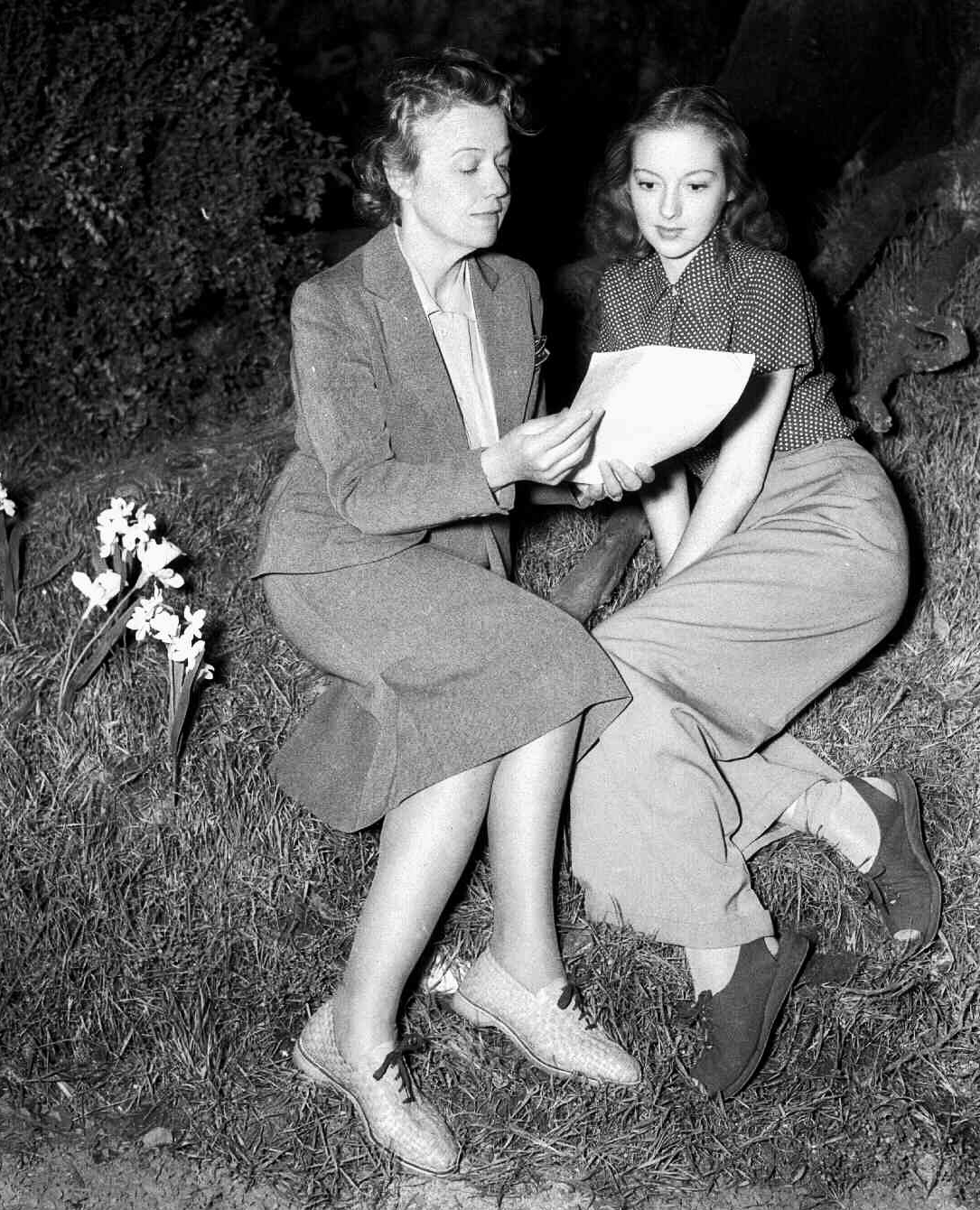
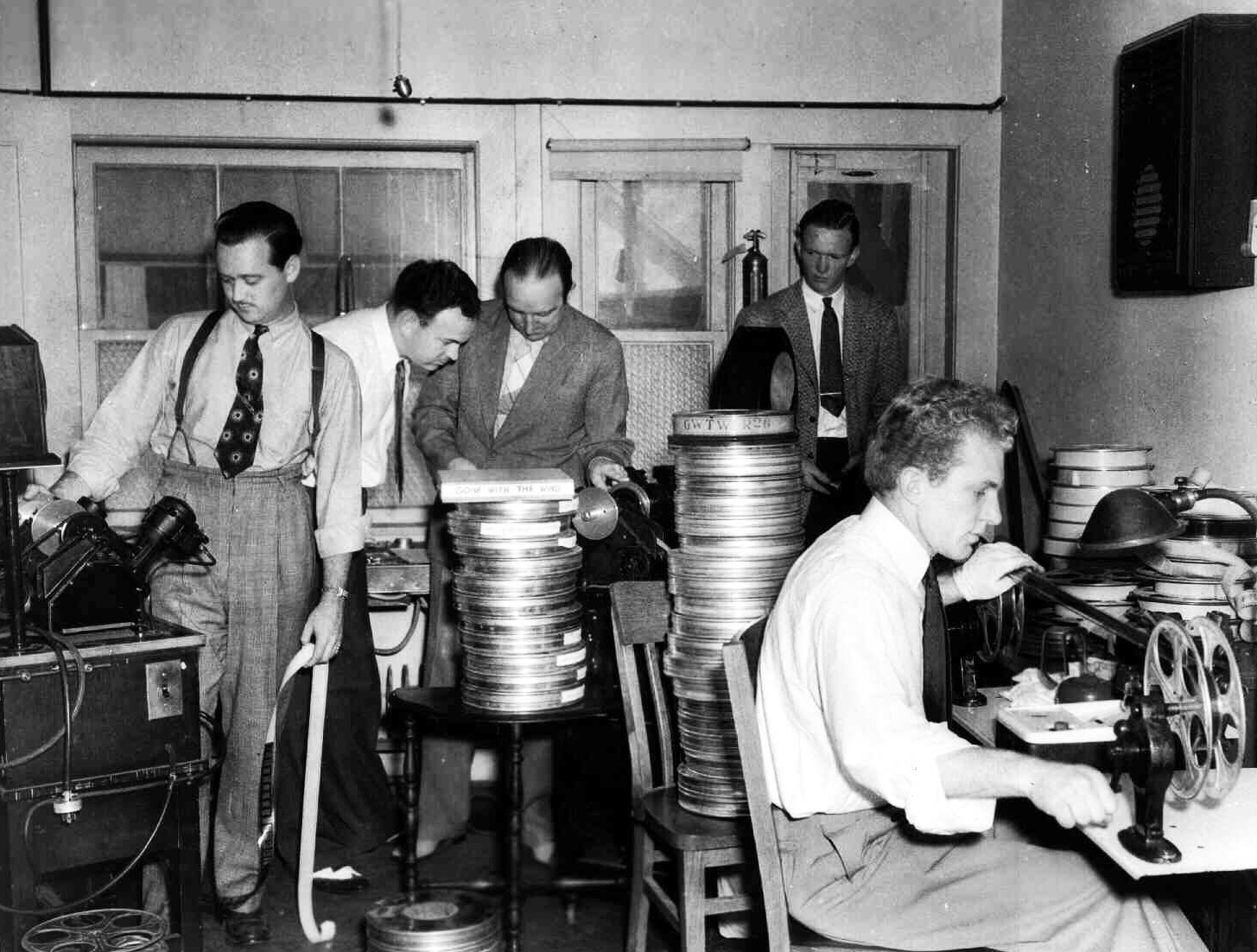

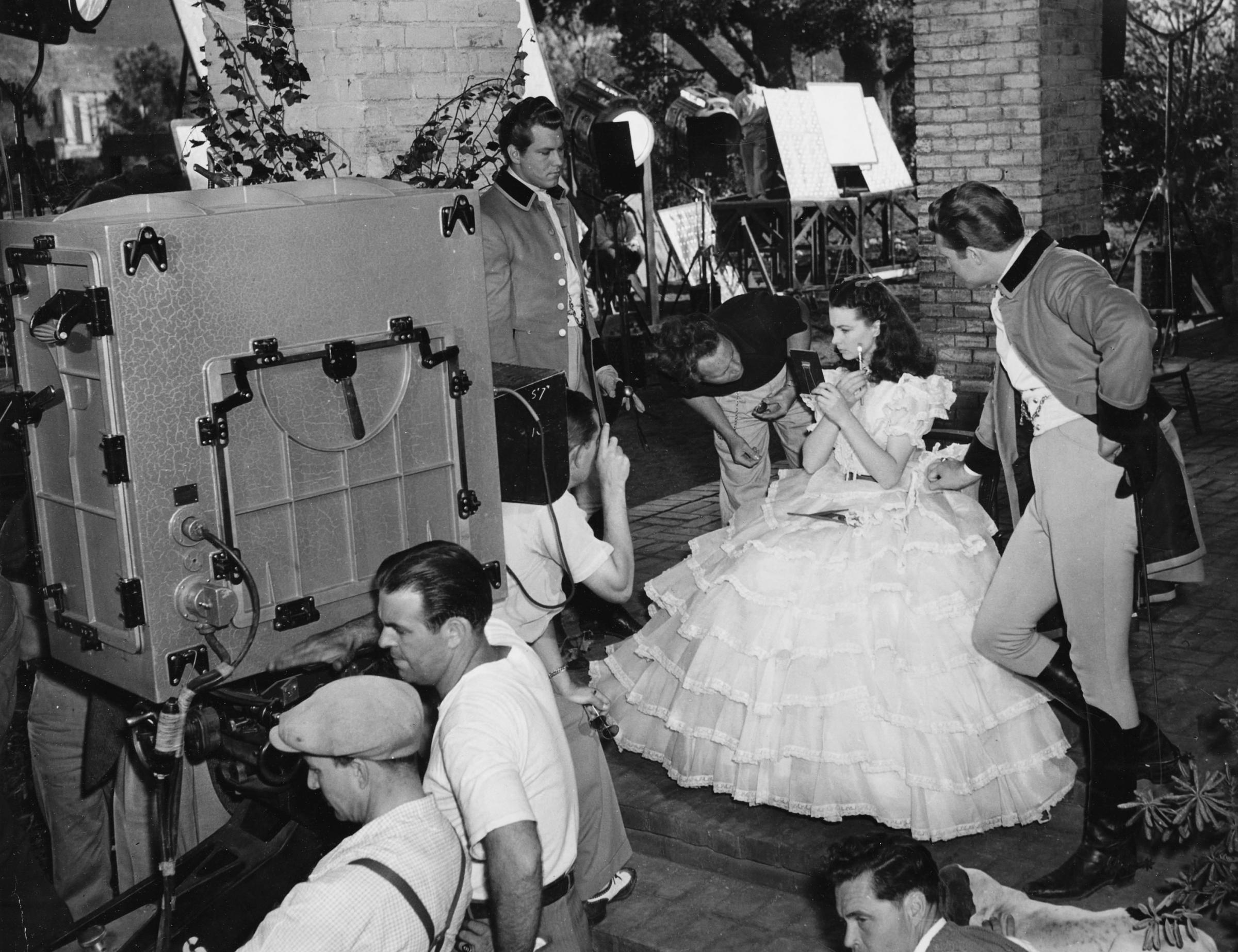
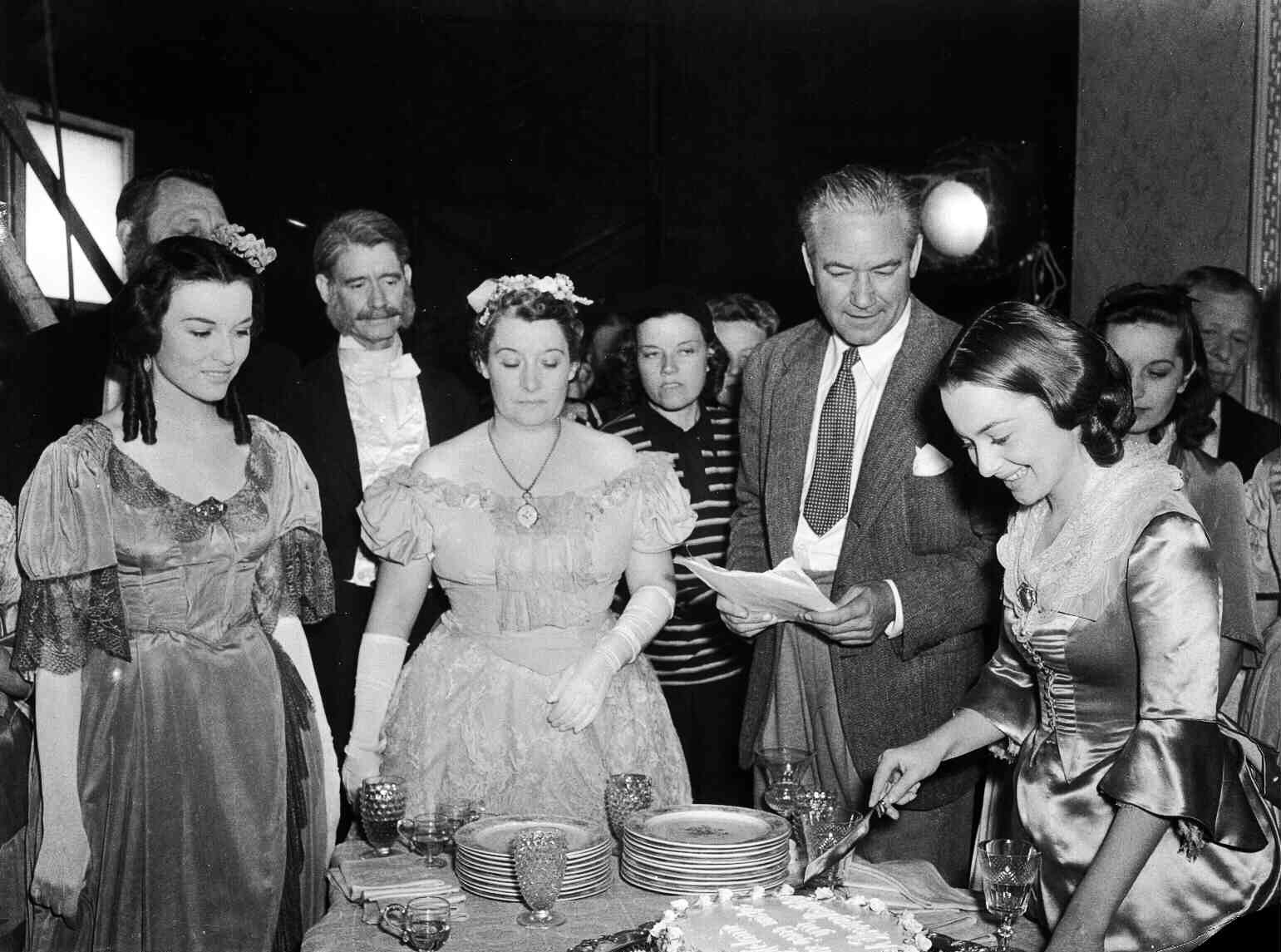
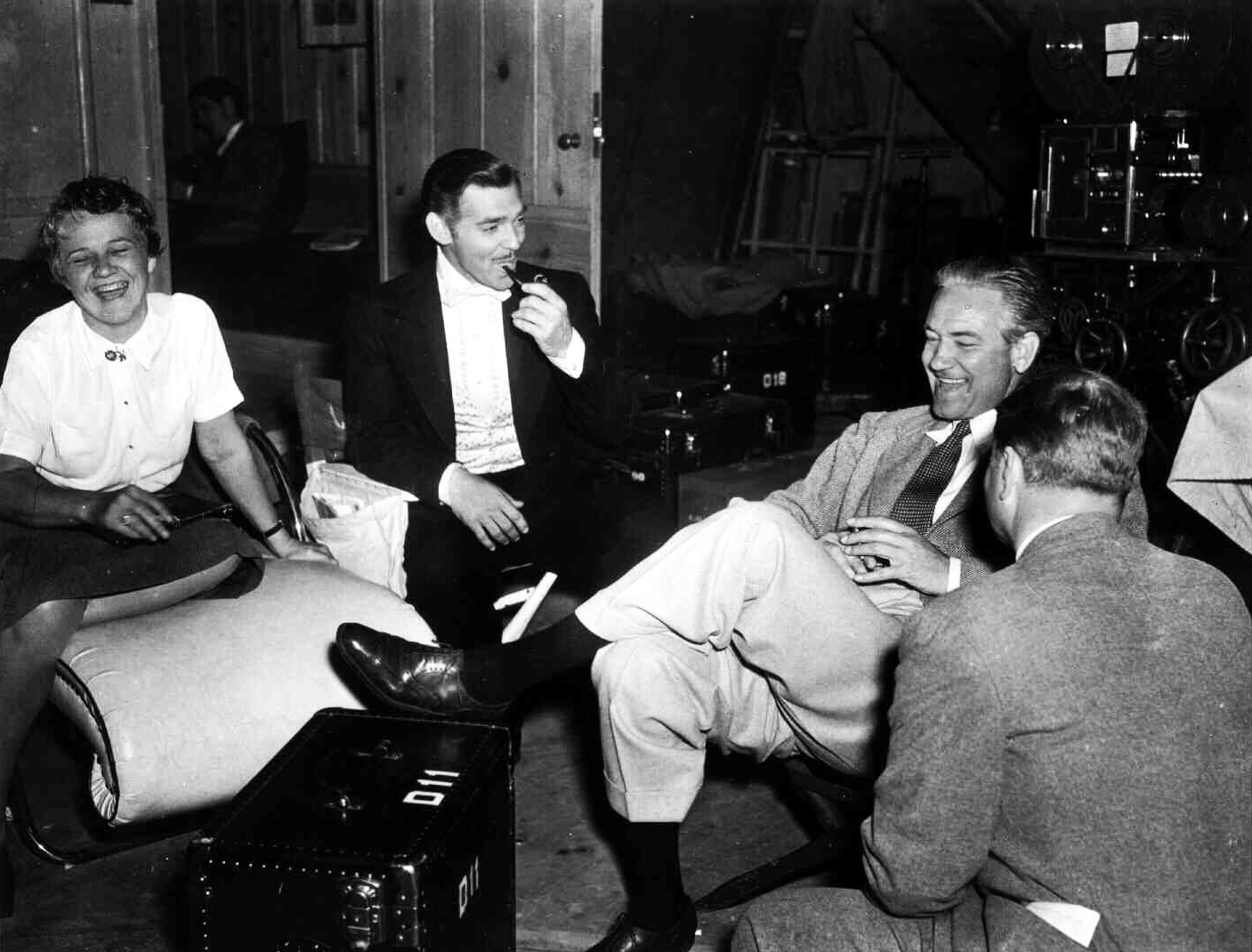
More Must-Reads from TIME
- Donald Trump Is TIME's 2024 Person of the Year
- TIME’s Top 10 Photos of 2024
- Why Gen Z Is Drinking Less
- The Best Movies About Cooking
- Why Is Anxiety Worse at Night?
- A Head-to-Toe Guide to Treating Dry Skin
- Why Street Cats Are Taking Over Urban Neighborhoods
- Column: Jimmy Carter’s Global Legacy Was Moral Clarity
Contact us at letters@time.com